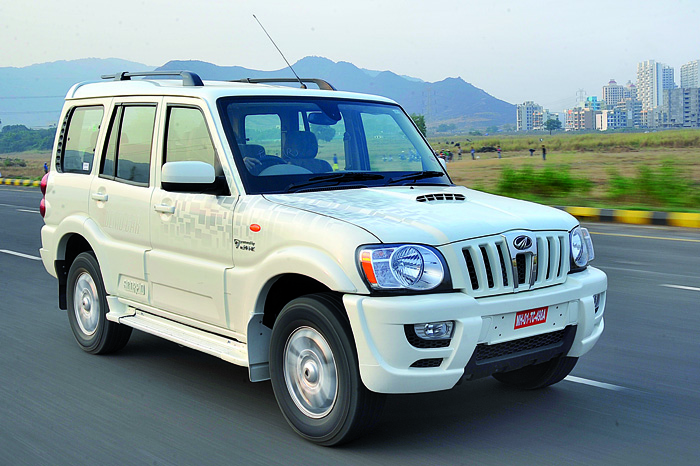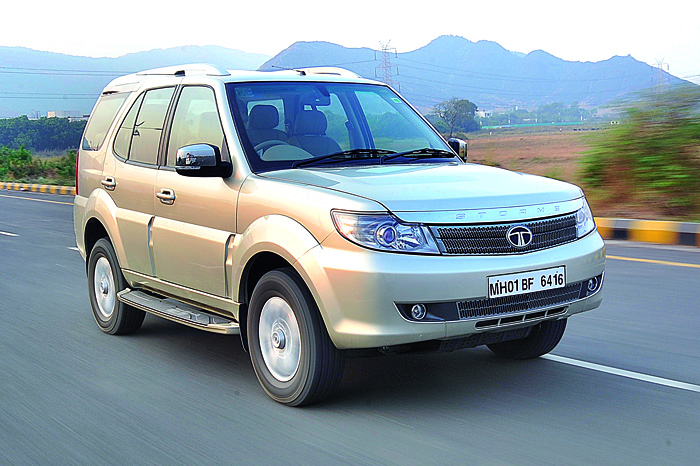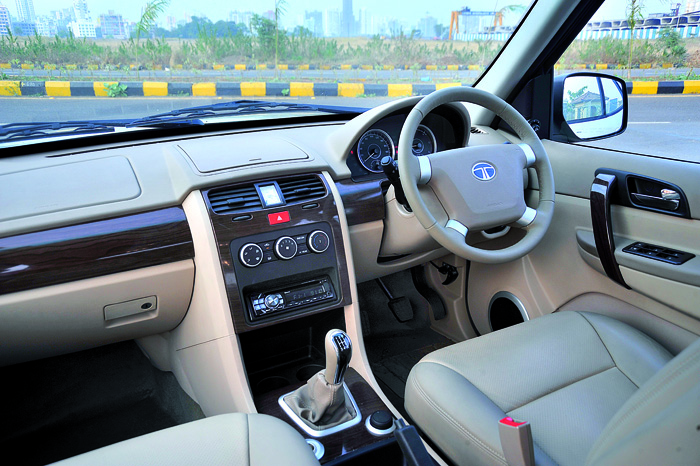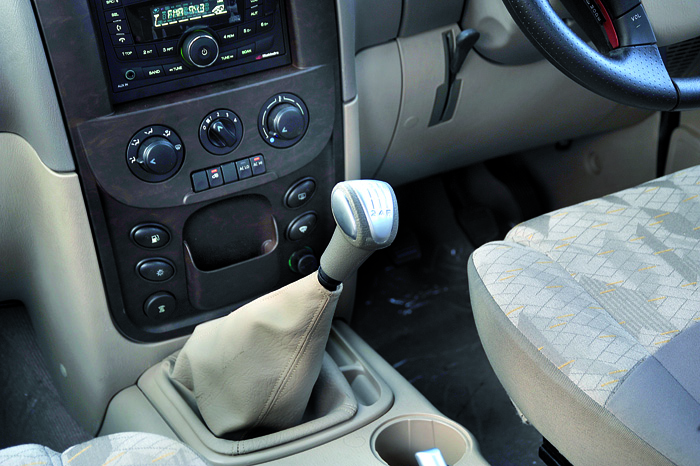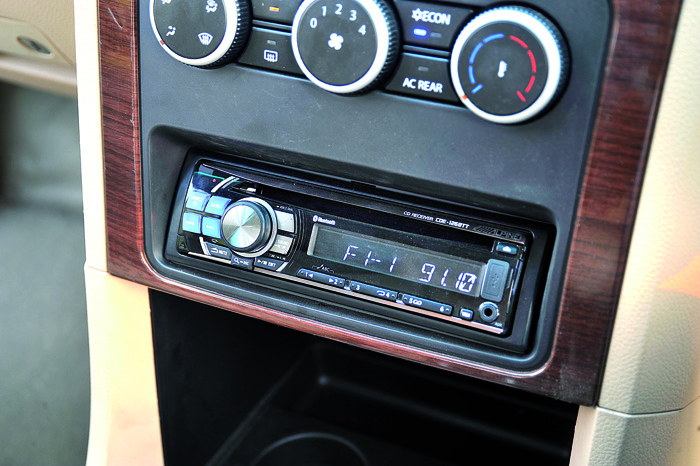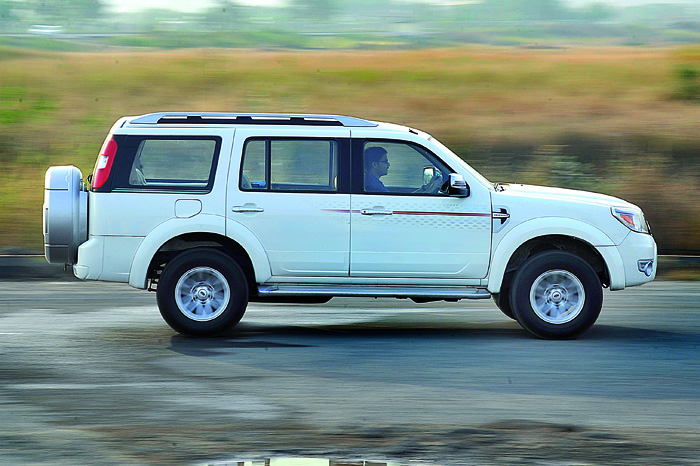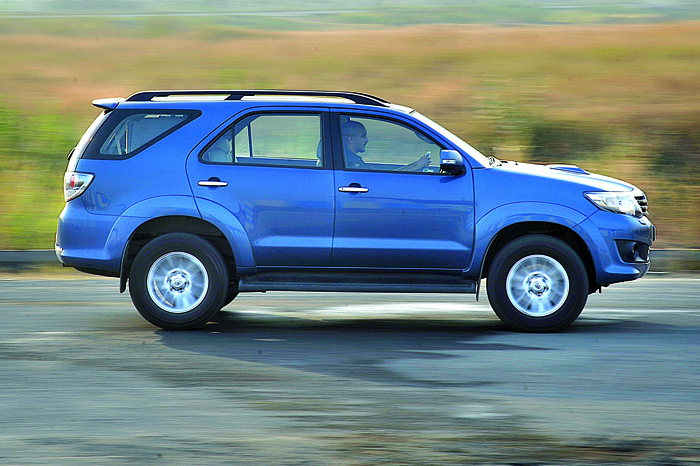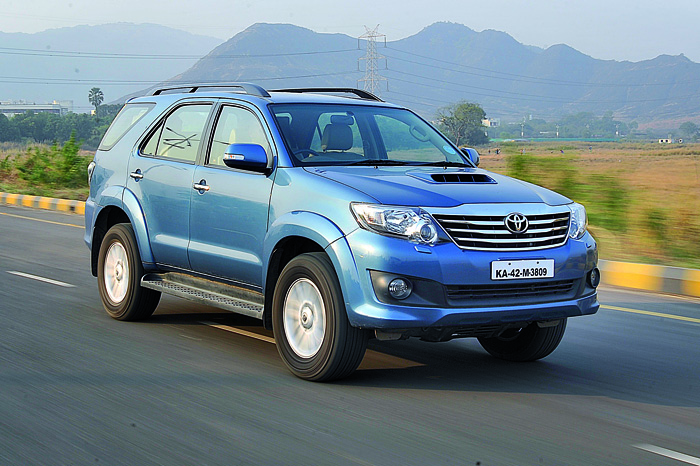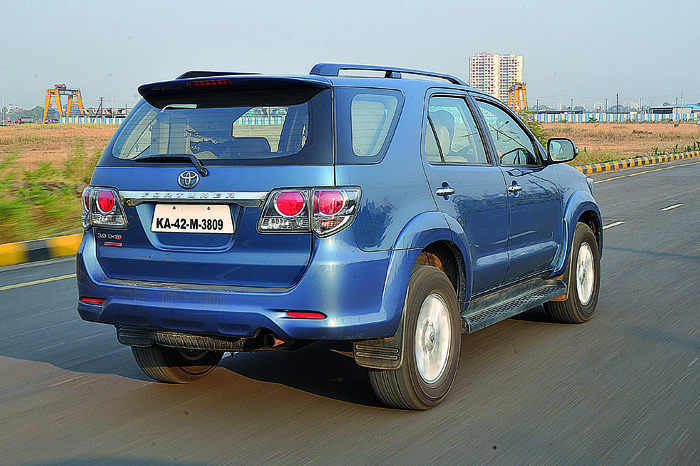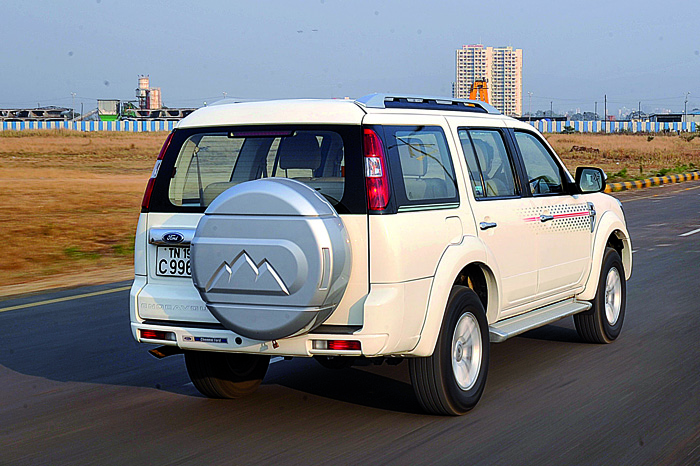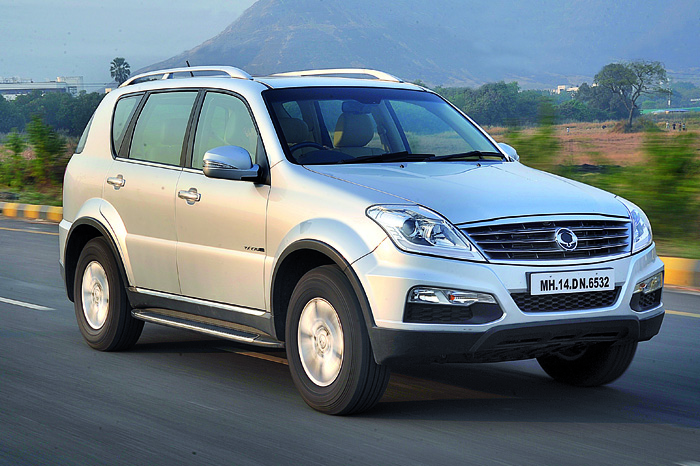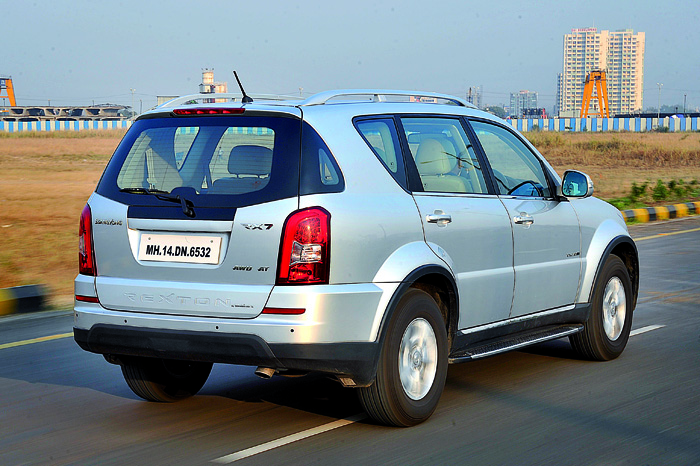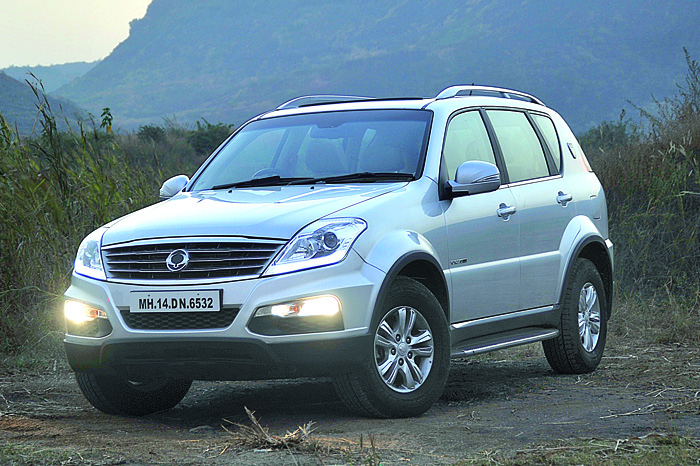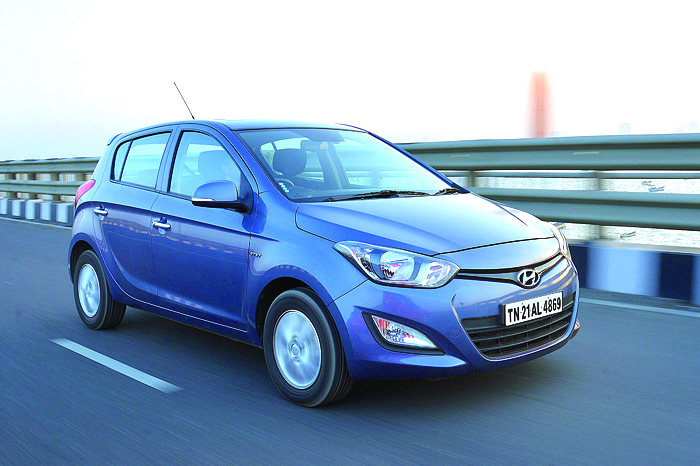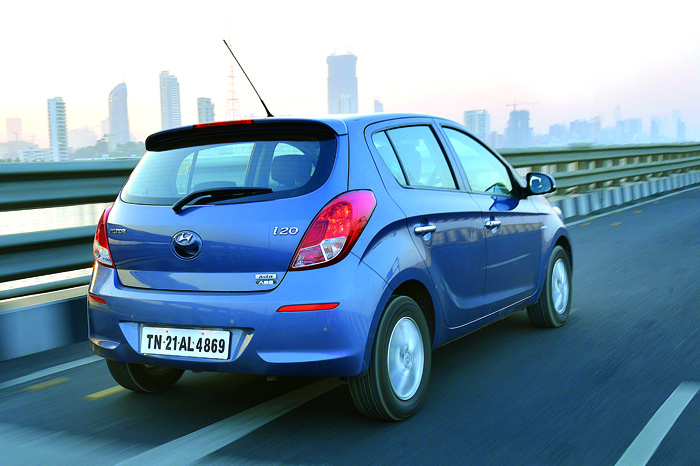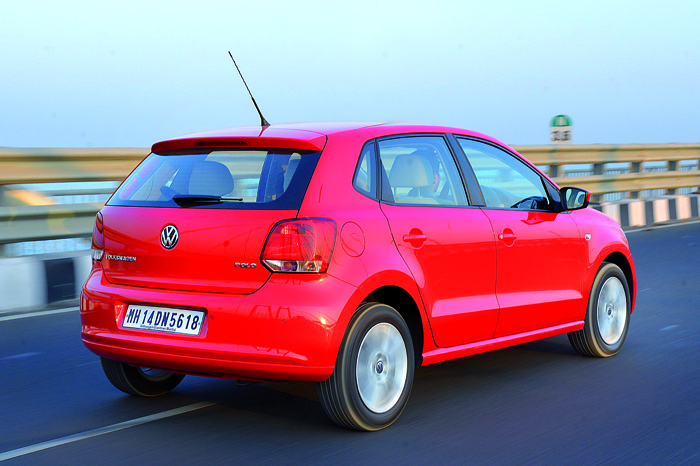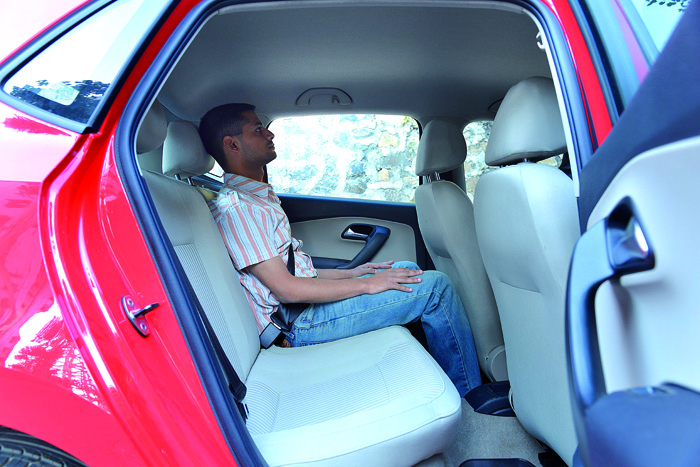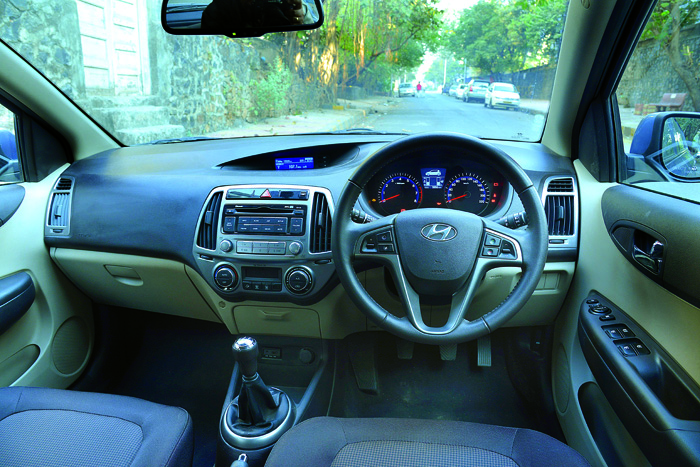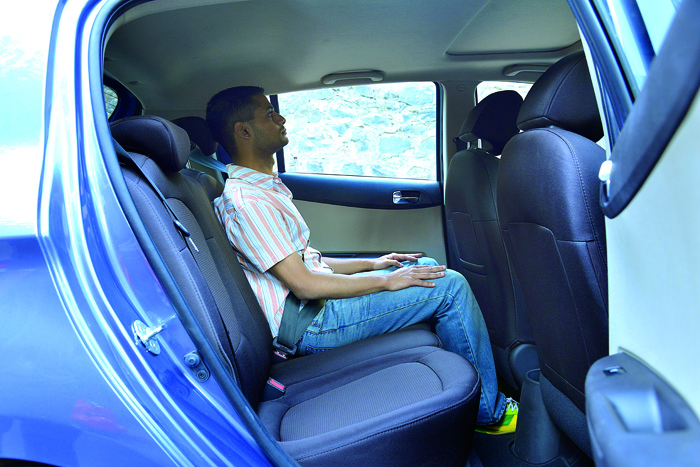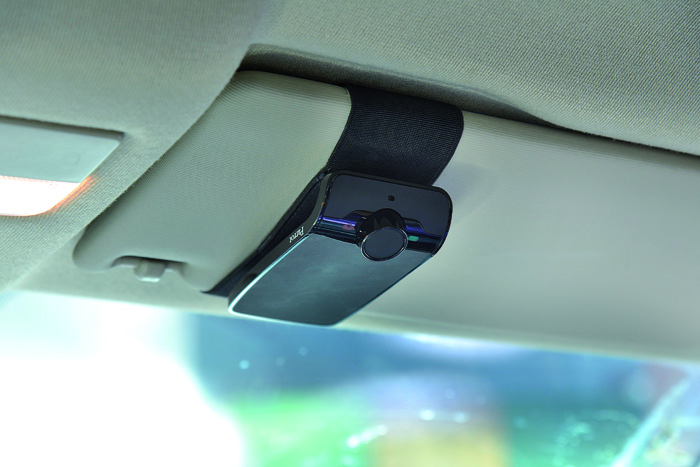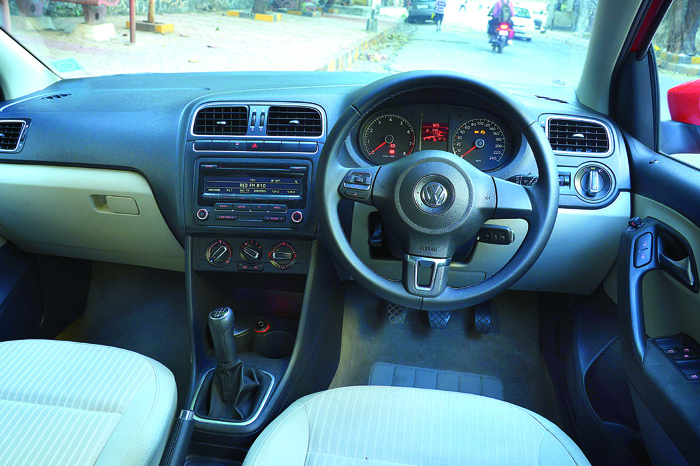With the Quanto, Mahindra revived interest in the mini-SUV segment among Indian buyers. A small SUV for the price of a premium hatch after all, is an attractive proposition. But while the Quanto may be hogging the limelight at the moment, there is another model vying for buyers’ attention. And that is the Premier Rio, which actually pioneered the mini-SUV segment in 2009. This year, it’s been given a style update and equipped with a BS-IV-compliant 1.3-litre Multijet engine from Fiat. So which of these sub-four-metre SUVs is the better match of an SUV’s macho appeal and a hatchback’s ease of use?
When you see the Rio, you can’t describe it as anything but a ‘mini-SUV’. It isn’t eye-catching but it does have its own appeal, what with that upright stance, flared arches and enough cladding on the sides to make you believe it’s made for the Sahara. The recent update came with a new grille and headlights. But where the Rio looks like a proportionately scaled-down version of a full-blown SUV, the Xylo-derived Quanto is a bit of an odd-ball. That chopped tail and skyscraper height make the Quanto look even more top-heavy than the Xylo and that mini-SUV look is somewhat lost in translation. The tailgate-mounted spare wheel does help that image to some extent, though.
The Quanto’s cabin though is a saving grace. The Xylo-like dashboard looks neat, there’s lots of head-, knee- and legroom for occupants in the first and middle rows, and the large windows enhance the feeling of space. Sadly, the plastics aren’t great, the cushioning on the seats is a bit hard and the middle-row backrest is a tad too upright. Even the high-set cabin needs quite a step up to climb into. The Rio, on the other hand, positions its seats lower, but the high floor and smaller door apertures hamper ease of ingress-egress. Once inside, you’ll appreciate the nice view out and also the front seats for their decent comfort, but there’s little else to really like about the Rio’s cabin. The dashboard looks rather plain-Jane, the quality of plastics is cheap and space is seriously restricted. And it’s worse in the back seat. The low seat-high floor combo equates to a woeful lack of thigh support and the cabin’s insufficient width means shoulder space is limited – travelling three abreast on the Rio’s back seat is almost impossible.
So where the Rio can seat four in just about average comfort, the Quanto scores a significant victory by making a strong case as a proper five-seater. In case you’re wondering, we’ve not forgotten about the pair of jump seats squeezed in at the back. It’s just that we don’t endorse their use given the limited space they come with and, more importantly, the questionable safety of side-facing seats in the event of a rear impact. Neither mini-SUV offers really generous space for luggage, but the Rio’s rear seat does split and fold to increase capacity.
When it comes to driving, the Rio’s new 1.3-litre Multijet 71bhp engine feels quite peppy in city traffic. That’s got a lot to do with the Rio’s short gearing – it helps to keep revs above 2000rpm, which is where the engine produces the bulk of its power. It’s also got the lighter clutch, which takes away some stress when you’re crawling through traffic. What also makes the Rio slightly better suited to its urban-vehicle brief is its low-speed ride. The way the suspension and meaty 205/70 R15 tyres work in conjunction to smoothen out surface blemishes is seriously impressive. Then there’s the tight turning circle and light steering, all of which make the Rio feel just what it seeks to be – an alternative to a small car. But to say that the Rio makes for the better city car would be an overstatement. Its five-speed gearbox’s imprecise shift action is a major bug bear and the noisy engine is intrusive at all times. In fact, the Rio’s overall refinement is a couple of notches down on the Quanto’s. That’s quite something when you consider the fact that the Quanto uses a three-cylinder motor.
But all things considered, Mahindra has done a great job on the 98.6bhp Quanto’s 1.5-litre diesel engine to keep noise, vibration and harshness under check. Driveability is another area where this engine really impresses. Sure, it isn’t as punchy as Mahindra’s larger motors, but this engine still has sufficient pulling power for most urban scenarios. That it weighs a full half tonne more than the Rio only highlights the earlier point on driveability. What marks the Quanto down as a city car is its slightly rubbery gearbox and bouncy low-speed ride.
But pluck the two mini-SUVs out of the city and plonk them onto the highway, and the scale tips heavily in favour of the Quanto. The short-geared Rio’s engine gets really loud and buzzy as you gain speed and it spins at a relatively high 3000rpm at 100kph in fifth gear. The ultra-light steering, average straightline stability and massive body roll mean you’ll need the concentration of a fighter pilot to drive the Rio hard. Even the previously compliant ride gets choppier the faster you go. Not to say that the Quanto is an ideal long-distance machine either. Its engine, while more relaxed, feels a bit underpowered when you want to overtake and even the dynamics aren’t quite up to scratch. The steering provides insufficient feedback, there’s plenty of roll around bends and also lots of vertical movement on undulations. It does feel surefooted at most times though, which is something you just can’t say about the Rio.
In conclusion, the Quanto really shines through as the winner here. It may not be perfect, but with its more spacious cabin, refined engine and better dynamics, it trounces the Rio in almost all departments. The Rio does have the better low-speed ride and is more fuel-efficient, but even in times of rising diesel prices that’s not enough for it to steal a victory. That it costs just marginally less than the better-equipped Quanto simply seals the deal.

































